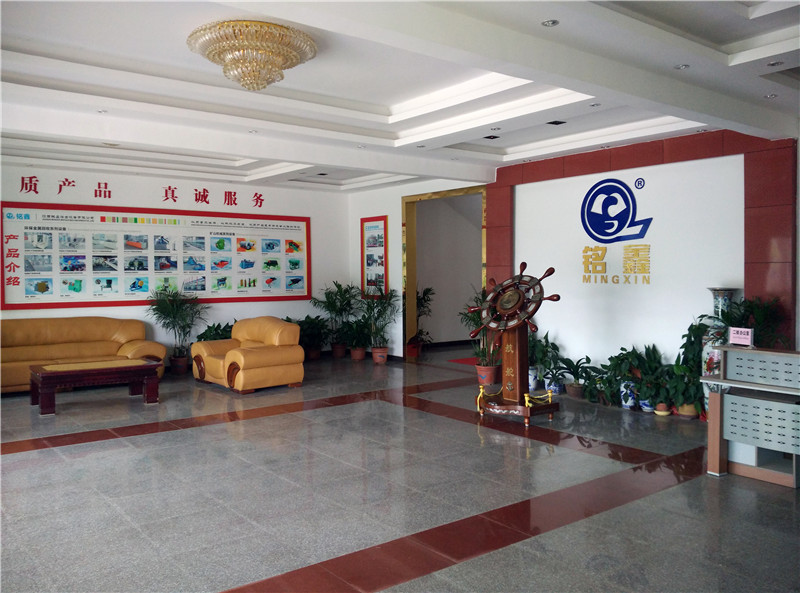As the global demand for renewable energy and electric vehicles continues to grow, the production and use of lithium-ion batteries as a key energy storage solution is also rising dramatically. However, this growth has also brought a serious problem: the disposal and recycling of discarded lithium-ion batteries. In this context, the importance of negative sheet recycling equipment has become increasingly prominent. Lithium-ion battery is mainly composed of positive electrode material, negative electrode material, electrolyte and diaphragm. Among them, the negative electrode material is usually made of graphite or other carbon materials, and is a key component in the battery. With the end of battery life, the recycling of these materials can not only reduce environmental pollution, but also save resources and reduce production costs. The main function of the negative sheet recycling equipment is to separate and purify the negative electrode material in the waste battery so that it can be reused for battery manufacturing. This process usually includes the following steps: 1. Pretreatment: First, the waste battery needs to be broken and sorted to separate out the valuable material. 2. Material separation: through physical or chemical methods, the negative electrode material is separated from other battery components. 3. Material purification: Further purification of the separated anode material to remove impurities and restore its original physical and chemical properties. 4. Reuse: The purified negative electrode material can be reused for battery manufacturing to achieve resource recycling. With the advancement of technology, negative sheet recycling equipment is also constantly optimized and upgraded. Modern recycling equipment often uses more efficient separation techniques, such as hydrometallurgy or pyrometallurgy, as well as more advanced material purification processes to improve recovery rates and material quality. In addition, automated and intelligent recycling processes also help to reduce operating costs and improve production efficiency. However, the development of negative sheet recycling equipment still faces some challenges. For example, different types and specifications of batteries require different recycling processes, which increases the complexity of device design. In addition, the disposal of hazardous substances that may be produced during the recycling process is also a problem that needs to be solved. In short, with the continuous expansion of the lithium-ion battery recycling market, the technological progress and innovation of negative sheet recycling equipment will have an important impact on environmental protection and resource conservation. In the future, we look forward to seeing more efficient and environmentally friendly recycling solutions to support sustainable energy development.











